Top Companies Profiting from War: Two Have Major CT Presence
/An analysis to determine the top 20 companies across the globe that are “profiting the most from war,” finds two with Connecticut connections. Virginia’s General Dynamics, parent company of Groton-based Electric Boat is ranked at #6 and Farmington-headquartered United Technologies is at #11.
In its analysis, the website 24/7 Wall St. indicated that “global military spending increased by 3.9% in 2017, according to the Stockholm International Peace Research Institute. The global rise was driven partially by a $9.6 billion hike in U.S. spending — the United States is the world’s largest defense spender by a wide margin. What growing arms investments will mean for the future of international peace is unclear. What is clear is that defense companies around the world are benefitting tremendously.”
The analysis also found that:
- Total arms sales among the world’s 100 largest defense contractors topped $398 billion in 2017 after climbing for the third consecutive years.
- Russia became the second largest arms-producing country this year, overtaking the United Kingdom for the first time since 2002.
- The United States is home to half of the world’s 10 largest defense contractors, and American companies account for 57% of total arms sales of the world’s 100 largest defense contractors (based on SIPRI data).
Leading the list was Maryland-based Lockheed Martin, the largest defense contractor in the world, with $44.9 billion in arms sales. Rounding out the top five were Boeing, Raytheon, BAE Systems, and Northrup Grumman.
For United Technologies, the analysis indicated arms sales of $7.8 billion, total sales of $59.8 billion, and profit of $4.9 billion, led by its subsidiary brands Collins Aerospace and Pratt & Whitney. Collins Aerospace designs and sells advanced systems for military helicopters, including rescue hoists, autopilot systems, and laser guided weapon warning systems, the report noted. Pratt & Whitney designs and manufactures engines currently in use by 34 militaries worldwide.

United Technologies recently announced plans to split into three independent companies. Plans are for company’s defense division to remain under the United Technologies name, as the Otis Elevator Company and Carrier breaking off as independent entities.
During 2017, General Dynamics – based in Falls Church, Virginia, - sold $19.5 billion worth of arms, the fifth most of any U.S. company and the sixth most of any company worldwide. In the past year, General Dynamics earned a $5.1 billion contract to design and develop a prototype of the Columbia-class submarine. Electric Boat was awarded a contract modification to continue development of the US Navy’s next-generation Columbia-class ballistic-missile submarine.
“In close collaboration with the navy and the submarine industrial base, Electric Boat will continue to lead key aspects of the Columbia-class development effort,” said General Dynamics Electric Boat president Jeffrey S Geiger. “This work includes design, material procurement, construction and operating cost reduction. The entire Columbia-class team is committed to achieving an affordable and effective programme. Our nation’s security depends on it.”


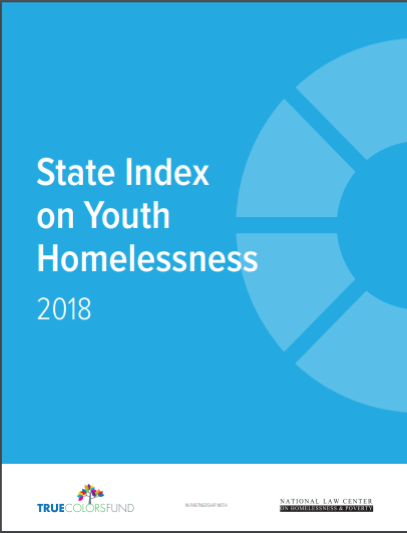


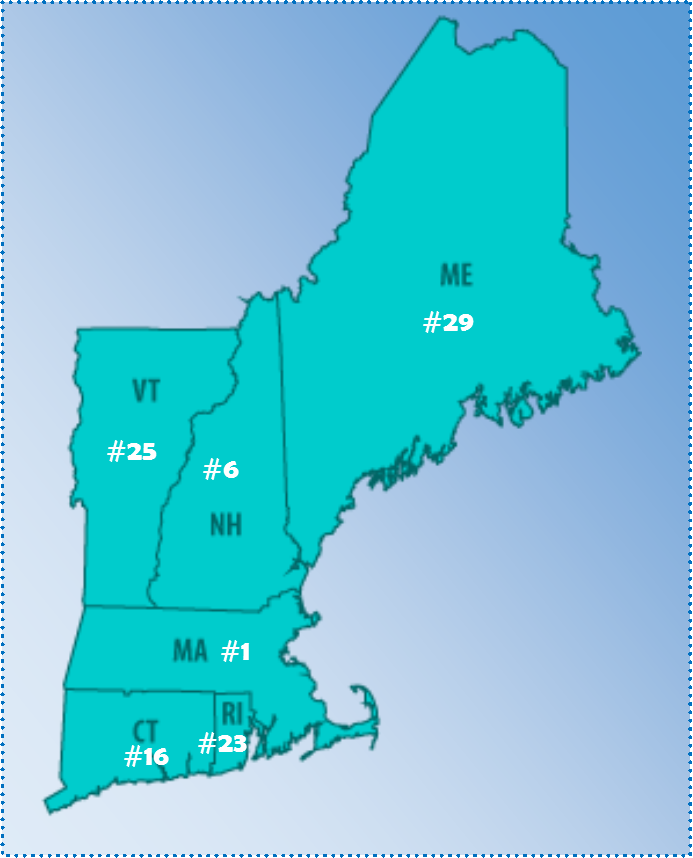


 Overall state funding for public two- and four-year colleges in the school year ending in 2018 was more than $7 billion below its 2008 level, after adjusting for inflation, according to the study.
Overall state funding for public two- and four-year colleges in the school year ending in 2018 was more than $7 billion below its 2008 level, after adjusting for inflation, according to the study.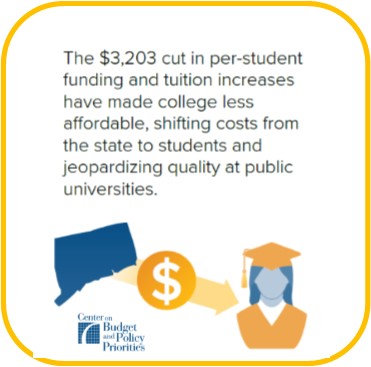

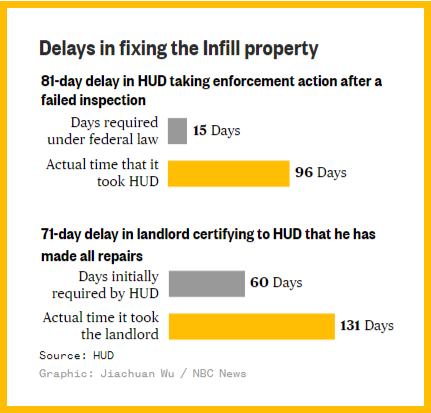
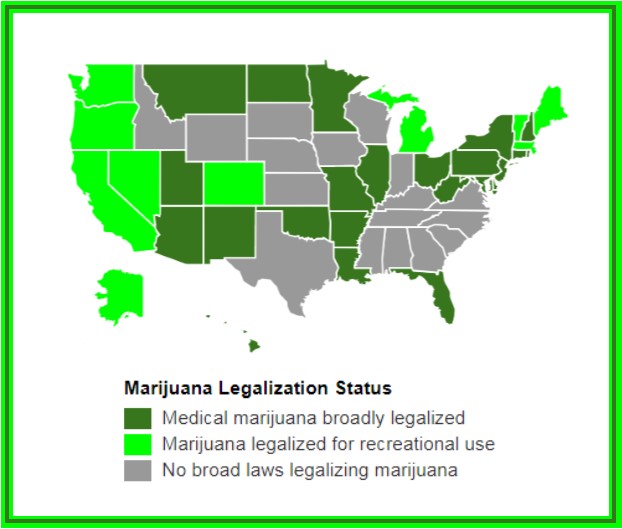

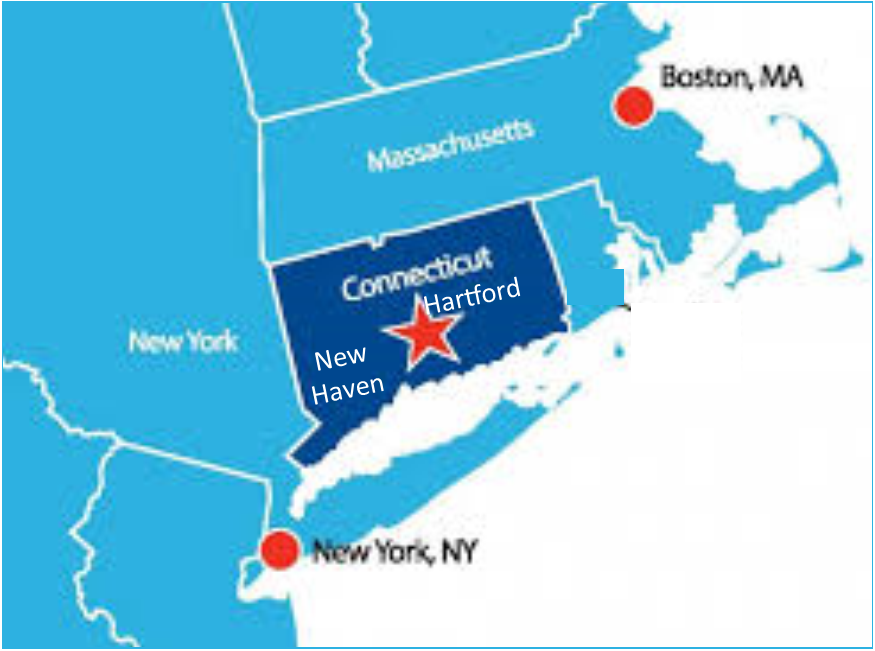 The characterization of two of the state’s largest cities as potential “suburbs” of New York and Boston, seemingly overlooking Bradley International Airport and Tweed-New Haven in the process, has raised questions from officials.
The characterization of two of the state’s largest cities as potential “suburbs” of New York and Boston, seemingly overlooking Bradley International Airport and Tweed-New Haven in the process, has raised questions from officials.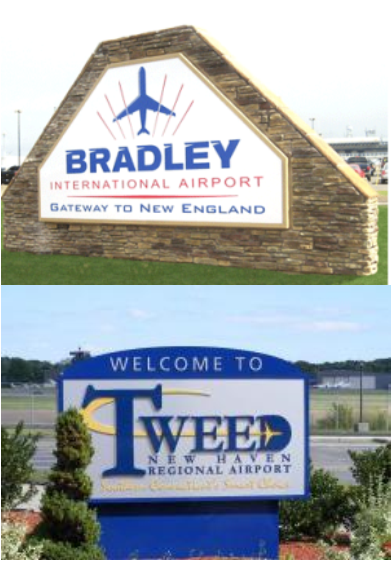
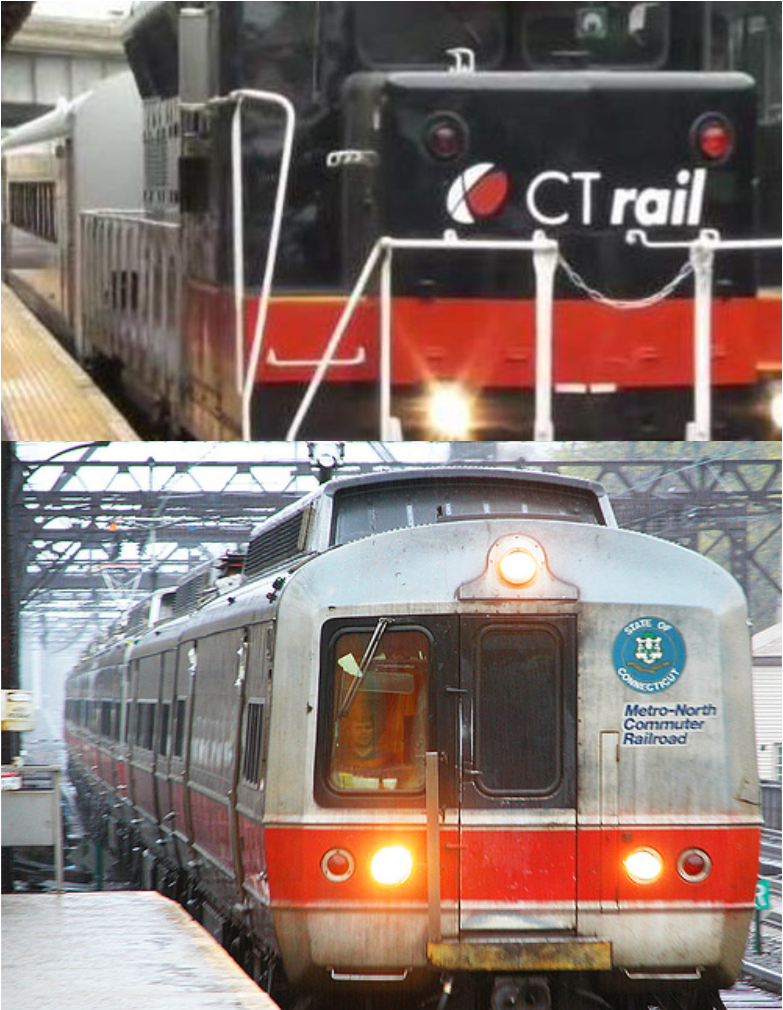 Cohen, who has received national recognition in his field, praised the CTrail Hartford line - which connects New Haven, Hartford, and Springfield, MA - and CTfasttrak bus line – which links Hartford and New Britain - noting that “we are starting to see residential and business development near the stations, and this is one of the big benefits of transit.”
Cohen, who has received national recognition in his field, praised the CTrail Hartford line - which connects New Haven, Hartford, and Springfield, MA - and CTfasttrak bus line – which links Hartford and New Britain - noting that “we are starting to see residential and business development near the stations, and this is one of the big benefits of transit.”
 Leading the way in the five-year analysis, released this month, are Barnstable in Massachusetts, at 13.7 percent employment growth; in New Hampshire it is Portsmouth at 10.1 percent, in Rhode Island, Providence/Warwick at 7.7 percent; Maine the greatest job growth has been in Portland/South Portland at 7.1 percent. Vermont is the only New England state with a leading city growing jobs at lower rate than Connecticut’s – Burlington/South Burlington at .8 percent. Only Alaska and Wyoming are lower, rounding out the 50 states.
Leading the way in the five-year analysis, released this month, are Barnstable in Massachusetts, at 13.7 percent employment growth; in New Hampshire it is Portsmouth at 10.1 percent, in Rhode Island, Providence/Warwick at 7.7 percent; Maine the greatest job growth has been in Portland/South Portland at 7.1 percent. Vermont is the only New England state with a leading city growing jobs at lower rate than Connecticut’s – Burlington/South Burlington at .8 percent. Only Alaska and Wyoming are lower, rounding out the 50 states.
 The analysis, by the financial services website WalletHub, was based on 40 key indicators of livability, ranging from housing costs to school-system quality to restaurants per capita. The indicators were grouped into five categories – affordability, economic health, education & health, safety, and quality of life.
The analysis, by the financial services website WalletHub, was based on 40 key indicators of livability, ranging from housing costs to school-system quality to restaurants per capita. The indicators were grouped into five categories – affordability, economic health, education & health, safety, and quality of life.




























